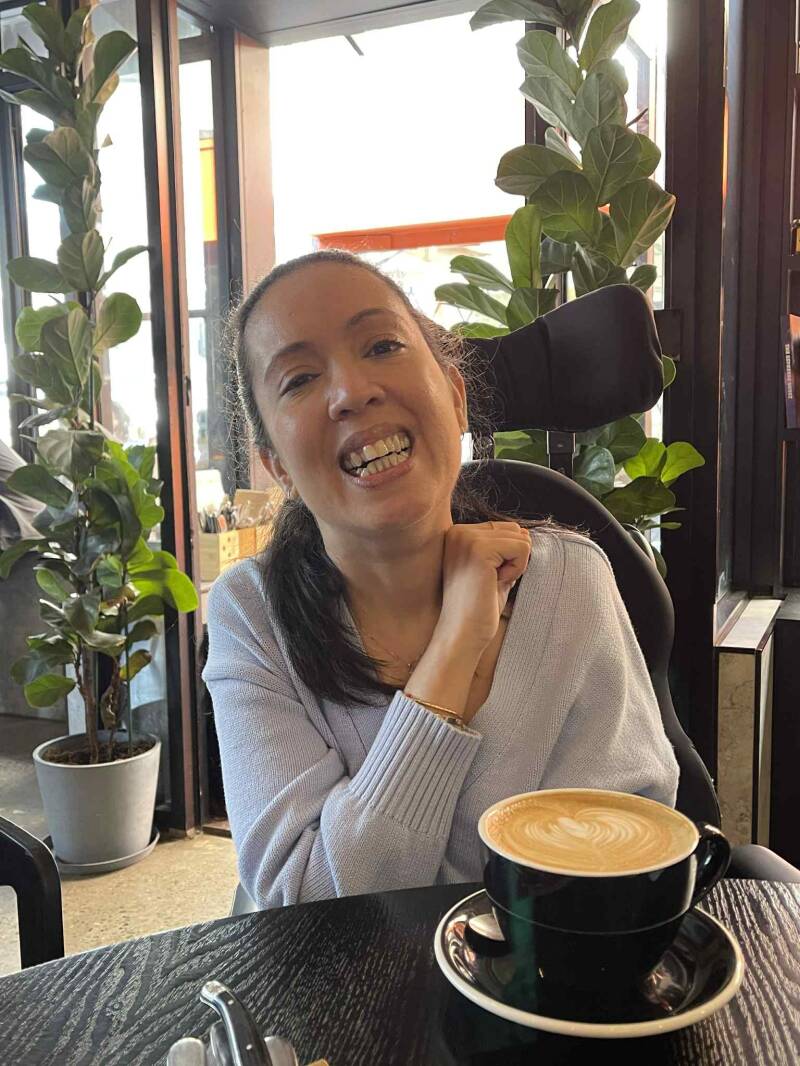Because a diagnosis is part of you - not all of you

More Than a Label
When you live with a disability, it can feel like people only see one part of you — the part written in reports, plans, or funding categories.
But there’s so much more to who you are.
You’re more than the label.
More than the support hours.
More than the assumptions others make before they even get to know you.
In school, I often felt like my disability was the first thing people noticed — and the last thing they understood.
You are not defined by the paperwork that follows you - you're defined by the person you are becoming.
The Way Others See You
Sometimes it wasn’t even what people said — it was the looks, the hesitation, the whispered conversations that made me feel “different.”
Teachers were kind, but cautious.
Classmates were curious, but unsure how to connect.
And I started believing that being included meant I had to prove myself first.
But inclusion isn’t something you earn — it’s something you’re entitled to.
It means being seen as a whole person, not a checklist of challenges or accommodations.
Inclusion starts when we stop seeing difference as distance
Inclusion is about everything fitting into the sky - it's about
giving each person the room to rise in their own way.
Wanting to be Accepted
More than anything, I just wanted to be accepted by my peers — the same way every other student was.
And for the most part, I was. There were many people who treated me with genuine kindness and saw me for who I was. I’ll always be grateful for that.
But there were also a few people — people in my inner circle — who never really accepted me.
Their words, their silence, or their distance cut deeper than I let anyone see.
It made me question myself. It made me wonder what I was doing wrong.
And even though I had friends who supported me, the ones who didn’t left a quiet ache that stayed with me for a long time.
Sometimes the hardest part of inclusion isn’t being seen - it’s being seen by the people who matter most.

Every student carries a story - some are just waiting for someone to listen long enough to hear
From Acceptance to Advocacy
Even now, all these years later, people still see my disability before they see me.
I’ve realised that’s not always intentional — it’s how society has been shaped.
We’ve been taught to focus on what’s “different,” rather than what’s shared.
It’s taken me years to develop the self-advocacy skills to speak up for myself and know when something isn’t fair.
That journey has become part of my mission — to encourage students to find their voices and to help teachers, parents, and peers understand what true inclusion looks like.
Because just like every other child, students with disabilities want to fit in.
They want to belong.
They want to feel like they’re part of the same world — not standing outside of it.
Self-advocacy isn’t just speaking up - it’s about believing your voice deserves to be heard
What Parents and Teachers Can Do
If you’re a parent or teacher reading this, you have a powerful role in shaping how students see themselves.
Here are a few small ways to make a big difference:
See the person before the plan.
When you read a student profile or IEP, remember there’s a story behind every sentence.
Ask, don’t assume.
A quick “What works best for you?” can change everything about how a student feels supported.
Speak strengths out loud.
Notice the creativity, humour, or kindness — not just the challenges. The things you highlight become the things they believe.
Belonging starts with the adults who choose to see potential before problems

The journey taught me that acceptance isn’t found- it’s built, one small act of understanding at a time.

The hardest lessons often comes from the moments we don’t talk about- but they’re the ones that teach us strength.
Redefining Acceptance
True acceptance isn’t about pretending disability doesn’t exist.
It’s about recognising it without reducing someone to it.
It’s the balance between support and independence, between empathy and high expectations.
And it starts when we stop trying to “fix” people — and start focusing on belonging.
Acceptance isn’t the goal - belonging is.
Wrap-up: You Are So Much More
You are not your diagnosis.
You are not your challenges.
You are the courage it takes to show up every day — even when it’s hard.
And to every young person navigating this journey:
You are capable. You are worthy. You are more than your disability.
Keep showing up- because you story is changing the way the world sees difference
Before You Go…
If this story resonated with you, share it with someone who needs a reminder that they’re more than a label.
And come join the conversation on Instagram @challengesbehindacceptance —
where we talk about belonging, visibility, and the hidden moments behind acceptance. 💜
Want more support and stories like this delivered straight to your inbox?
Join the Challenges Behind Acceptance email list— a space where I share weekly reflections, practical tips, and small reminders that you’re not alone in this journey.
Candice
- Challenges Behind Acceptance
Add comment
Comments